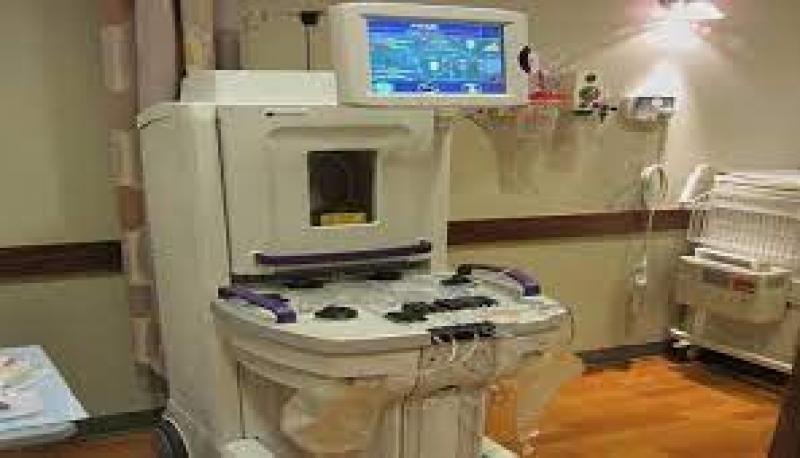Photopheresis, a therapeutic procedure that combines extracorporeal photochemotherapy and apheresis, has emerged as a promising treatment option for various medical conditions. Over the years, researchers and medical professionals have made significant advancements in photopheresis products, enhancing their efficacy, safety, and application in diverse medical fields. This comprehensive review highlights some of the notable developments in photopheresis products and their impact on patient care.
- Enhanced Photopheresis Machines: One of the major advancements in photopheresis products is the development of highly sophisticated and efficient photopheresis machines. These devices are designed to streamline the process, making it faster and more comfortable for patients. Newer machines also feature improved automation, ensuring precise separation of blood components and optimal exposure to UV light, leading to better treatment outcomes.
- Novel Photoactive Agents: The introduction of novel photoactive agents has revolutionized photopheresis. Historically, methoxsalen (8-MOP) was the primary photosensitizer used in the procedure. However, researchers have explored alternative agents with potentially fewer side effects and enhanced efficacy. Some of these agents have shown promising results in preclinical and early clinical trials, opening up new avenues for personalized photopheresis treatments.
- Targeted Photopheresis Approaches: Advancements in photopheresis products have also led to targeted treatment approaches. Researchers are exploring ways to selectively target specific cell populations in the blood, such as T-cells or dendritic cells, which play crucial roles in immune-mediated diseases like graft-versus-host disease (GVHD) and cutaneous T-cell lymphoma (CTCL). Targeted photopheresis aims to maximize the therapeutic effect while minimizing unwanted side effects on healthy cells.
- Photopheresis for Autoimmune Disorders: While photopheresis was initially developed to treat graft rejection, its applications have expanded to include autoimmune disorders. Research has shown promising results in using photopheresis to treat conditions like systemic sclerosis, systemic lupus erythematosus, and Crohn's disease. The advancement of photopheresis products has facilitated the exploration of this non-invasive and well-tolerated treatment option for autoimmune patients.
- Combination Therapies: Another significant development in photopheresis products is their integration into combination therapies. Researchers have combined photopheresis with other treatment modalities, such as immunomodulatory drugs or targeted therapies, to create synergistic effects and improve overall treatment outcomes. These innovative combinations hold great promise in the management of complex and challenging medical conditions.
- Point-of-Care Photopheresis: Traditional photopheresis treatments required specialized facilities and trained personnel, making it less accessible to patients in remote areas. However, recent advancements have led to the development of point-of-care photopheresis devices. These portable systems allow healthcare providers to administer photopheresis treatments outside of traditional clinical settings, making the procedure more convenient and accessible to a broader patient population.
- Safety and Side Effect Profiles: As photopheresis continues to gain popularity, manufacturers have focused on improving the safety and side effect profiles of photopheresis products. Advances in technology and refinements in the procedure have led to a reduction in adverse events, enhancing patient comfort and compliance with treatment regimens.
In conclusion, the advancements in photopheresis products have transformed this therapeutic procedure into a versatile and effective treatment option for various medical conditions. From improved machines and novel photoactive agents to targeted approaches and combination therapies, photopheresis has come a long way in enhancing patient care. As research and innovation continue, the future of photopheresis looks even more promising, holding the potential to address unmet medical needs and improve the quality of life for countless patients worldwide.
